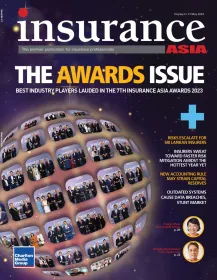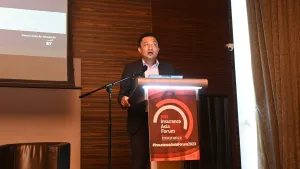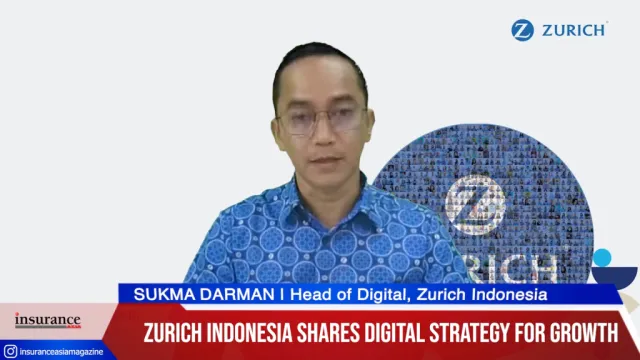
APAC’s healthcare spending to surge 9.9% in 2023 – WTW Survey
The region’s 2023 prediction is smaller than the global average of 10.7%
Healthcare benefit cost increases in the Asia-Pacific (APAC) region are expected to show little to no decline in 2024 from 2023’s forecasted 9.9%, according to a survey by WTW.
The Global Medical Trends Survey reveals that nearly three-fifths of insurers (59%) in APAC anticipate higher or significantly higher increases over the subsequent three years.
The average cost of medical care in APAC in 2022 grew 7.2%. The region’s 2023 prediction is smaller than the global average of 10.7%. However, both global and APAC predictions for 2024 tally the same at 9.9%.
“Global inflation, which was a significant factor in driving up healthcare costs, has moderated in 2023 is expected to continue to fall going into 2024. While cost increases are projected to ease in 2024, they remain largely elevated in most markets in APAC, including Philippines, Malaysia, India, Indonesia, South Korea, Singapore and Vietnam,” according to Eva Liu, Head of Strategic Development, Health & Benefits, Asia Pacific, WTW.
The leading drivers of medical costs in the region continue to be the overuse of care (72%) due to medical professionals recommending too many services or overprescribing, and insured members' poor health habits (50%).
ALSO READ: APAC’s insurance premiums to rise 2.3% in the next two years: Swiss Re
Cardiovascular diseases and cancer remain the top two fastest-growing conditions by incidence of claims and costs in APAC.
Mental and behavioural health disorders are among the fastest-growing conditions by cost and claims globally, except in APAC.
The survey also highlights that many organisations' medical insurance programs in the region exclude coverage for mental and behavioural health conditions, despite a recognised need for care among the insured population.
“Faced with the prospect of higher cost increases over the next several years, employers need to focus their efforts on how to make their healthcare benefit programmes more cost effective. This can range from conducting a review to determine if coverage is the right fit for their organisations to formulating a wellbeing strategy and ensuring wellbeing benefits are accessible to all employees. By understanding the factors that affect healthcare and drive costs in their populations, insurers and employers can develop strategies to combat the ever-present threat of rising costs in Singapore.” concluded Audrey Tan, Head of Health & Benefits, Singapore, WTW.











 Advertise
Advertise












